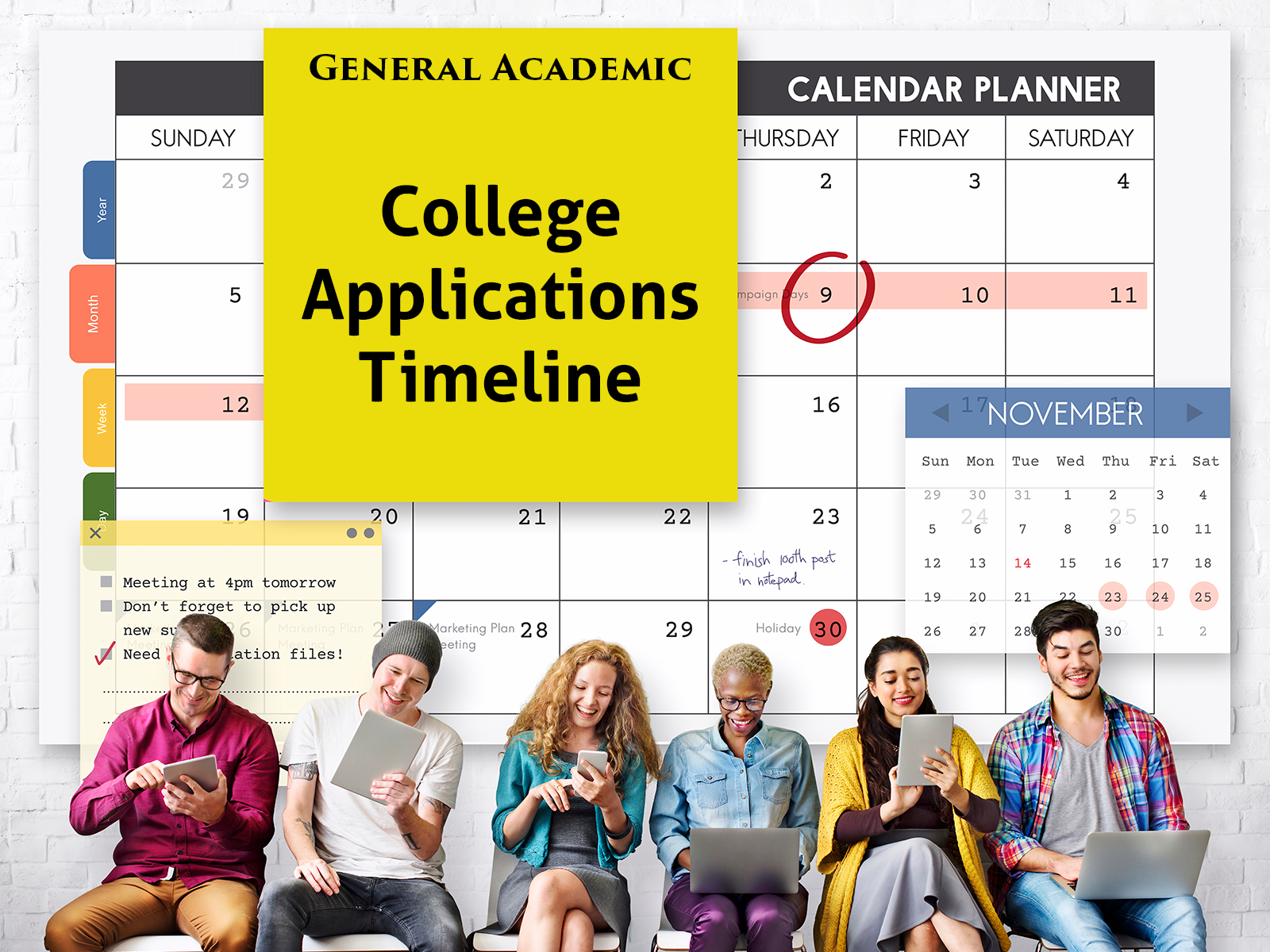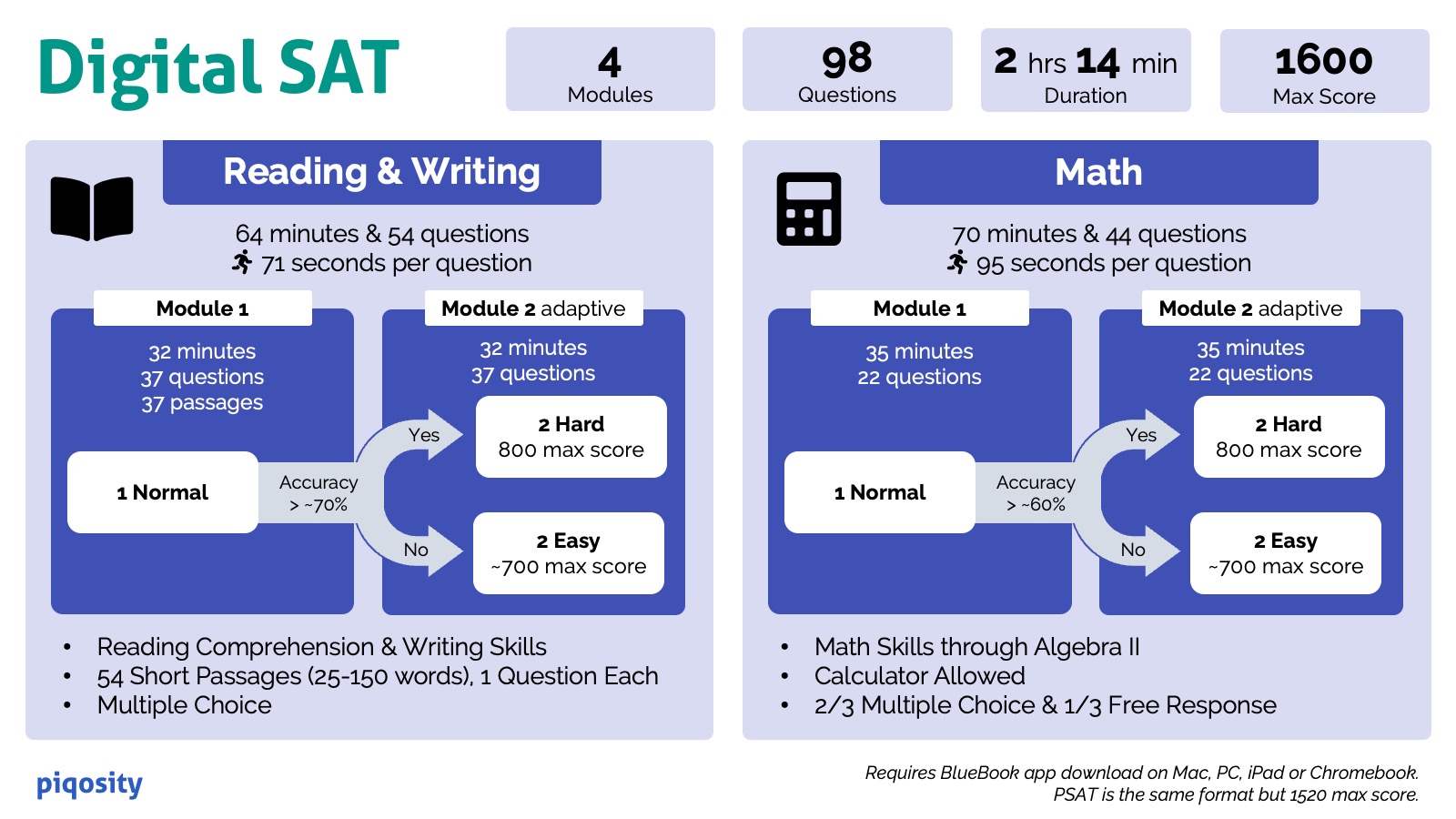
Our college applications timeline contains approximately 30 important steps that would-be university freshmen must complete. For most high school students, this process starts no later than spring of their junior year and concludes one year later the winter of their senior year. This college applications timeline looks particularly at the process for Texas high schoolers interested in applying to both in-state and out-of-state colleges.
College Applications Timeline
Junior Year (January to April)
- Start honing your personal vision and your “pitch.” What are you hoping to get out of your college experience, and how will attending college help you get to your long-term career goals? What are your unique strengths and motivations, and how do they make you stand out among your peers?
- Start developing your college list. Take advantage of college visits, and if you’re able to swing it, plan to sit in on real college classes to get the best sense of attending the school and the quality of the professors.
- Prepare for the SAT or ACT. Aim to be done with test-taking by the end of 11th grade so you can spend your undivided attention on college applications starting the following summer.
- You’ll be able to take the official ACT in February and/or April, and the SAT will be offered in March.
- Request your letters of recommendation. We recommend asking two of your teachers for these letters; to demonstrate balance, one of them should be a STEM teacher, and the other should be an English, history, or foreign language teacher.
- Follow any other guidelines that your school counselor may give you.
Junior Year (May)
- Study for your finals and make sure you are well-prepared for your AP exams. Your GPA will be one of the most important elements on your college applications, and colleges will also be looking to see if you are doing well in your advanced courses in particular.
- Take the SAT in early May if you need to.
Summer before Senior Year (June & July)
- Finalize your college list, including reach, target, and safety schools. You should also start developing a sense of the deadlines that you’ll be working with for fall applications.
- Make your college visits, if you haven’t already.
- Develop your activities list and your resume.
- Start filling out information on the Common App. The Common App does not officially open until August 1, but you’ll be able to start filling out general information prior to that date.
- Start drafting your application essays (including your main Common App essay as well as your supplemental essays).
Senior Year (October)
- Keep your scheduled appointments with your school counselor– they’ll also help you submit the documents necessary for a complete application.
- Finalize your Common App essay. Comb it for grammatical errors and read it out loud to make sure you are happy with the language in it.
- Finalize your supplemental essays.
- Request that relevant standardized test scores (including SAT, ACT, and AP scores) are sent to the schools on your college list.
- Decide if you will be applying to certain colleges via Early Action or Early Decision.
Senior Year (October)
- Start filling in information for financial aid applications. The FAFSA and the CSS typically open on October 1.
- Deadlines vary from state to state; for Texas, the priority deadline for the FAFSA was April 15, 2024 for the 2023-2024 application cycle. Private and two-year institutions may have deadlines of their own, so make sure to check with them to make sure you’re submitting your documents on time.
- Apply via Early Action or Early Decision if relevant to you. The Early Action deadline for both Texas A&M and University of Texas Austin is October 15 (only those applying to the engineering program are eligible for A&M’s Early Action process).
Senior Year (November)
- If you haven’t already, finish polishing your Common App and supplemental essays for Regular Decision deadlines.
- Apply via Early Action or Early Decision if relevant to you. The Early Decision I deadline for Rice University is November 1.
Senior Year (December)
- Finalize and submit your applications for Regular Decision. The Regular Decision deadline for both A&M and UT is December 1.
- Evaluate your Early Action or Early Decision acceptances.
- Apply via Early Decision II if relevant to you. The Early Decision II deadline for Rice is January 4.
- Study for final exams and keep your grades up! Even through your senior year, your grades will continue to matter.
Senior Year (Spring)
- Search for and apply to college scholarships.
- Evaluate your Regular Decision acceptances.
- Make your final decision about where you will be attending, and submit a deposit by May 1!
As a note, every student’s needs are slightly different, so adapt this timeline based on your child and when they’re starting their applications. If they are falling behind, they will need to get more done within a shorter time frame; similarly, they will have more flexibility if they are jumping on the process at an earlier date.
College Applications Key Dates
Down below, we have included a chart of several Texas colleges as well as their fall deadlines.
Choose General Academic for College Applications Support
We are here to help ensure your student’s applications are in the best shape they could possibly be. General Academic has more than 20 years of experience helping students achieve their college goals, and every member of our staff has lived a college success story of their own.
We can help your student with any element of the college application process, including the following:
- Helping your student formulate their “vision” for college as well as their “pitch” for applications
- Researching and building a college list
- Writing, outlining, and refining their college essays
- All other elements of the application process, including polishing their activities list, planning and executing letter of recommendation requests, and applying for scholarships
Learn more about our college counseling services or call us today to get started!





